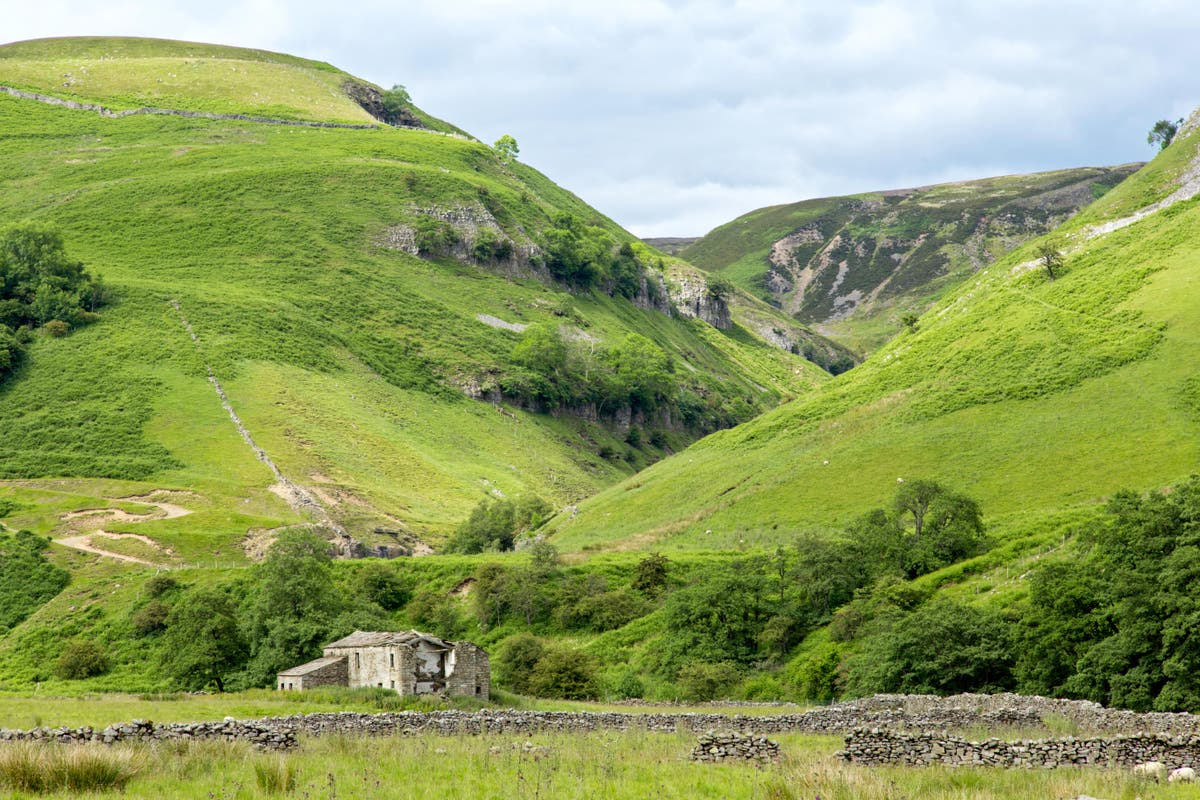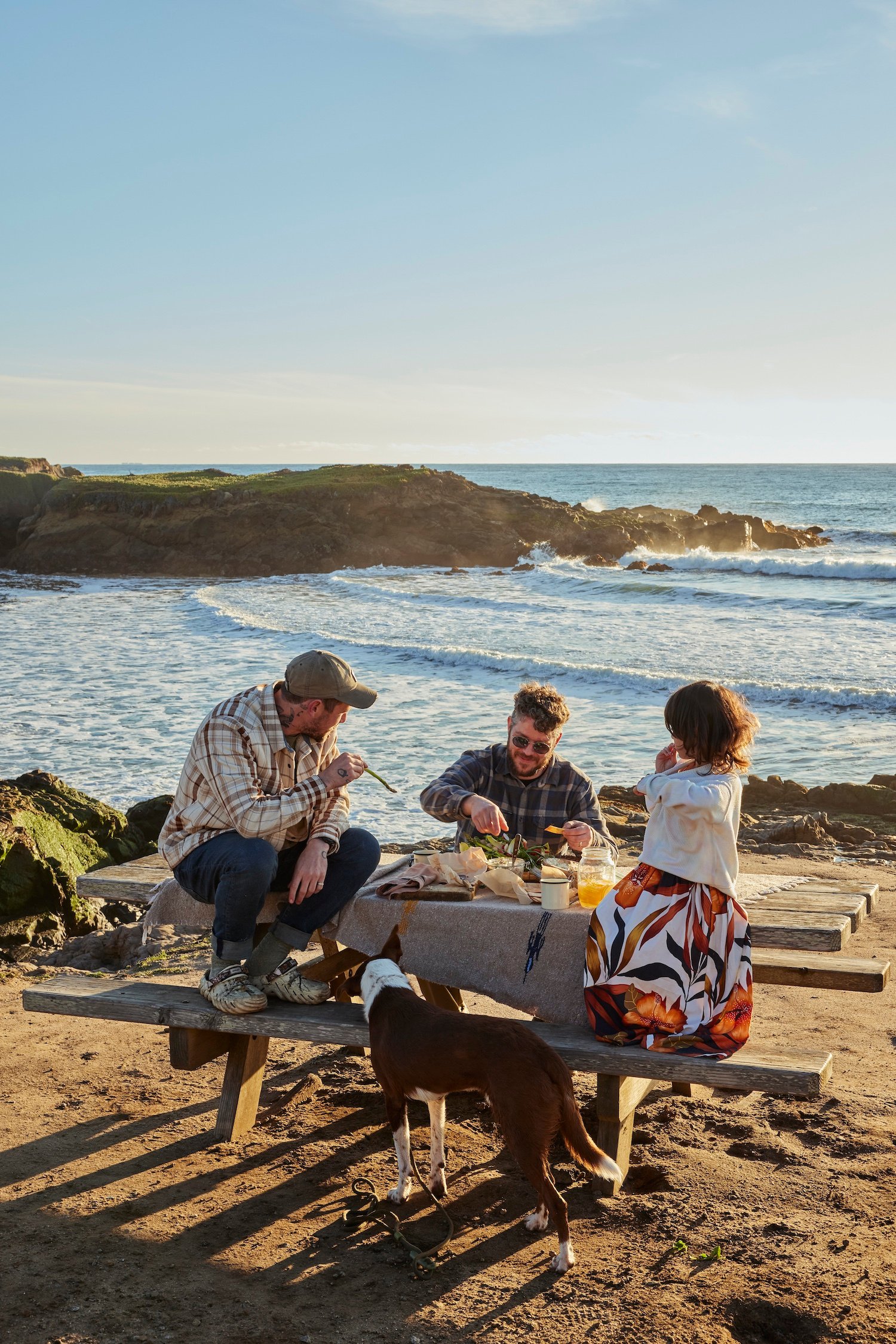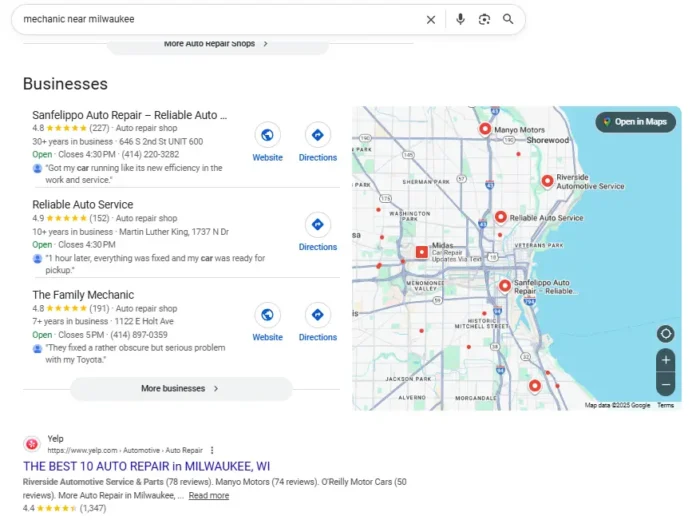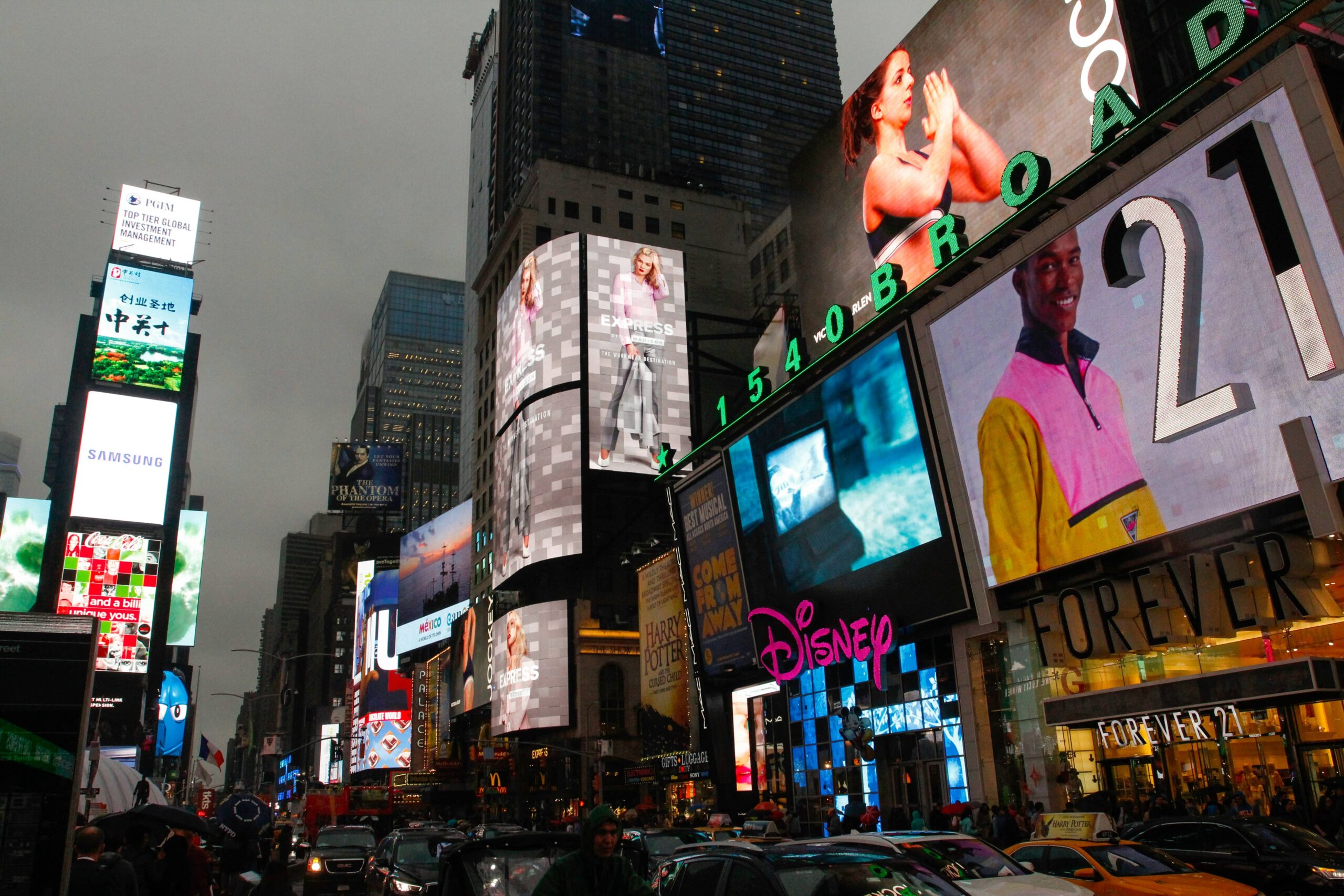The best driving detours in France – off the beaten track and all the better for it
Driving to France couldn’t be simpler, and these lesser-known road trips make the most of this iconic holiday destination, finds Rosamund Hall
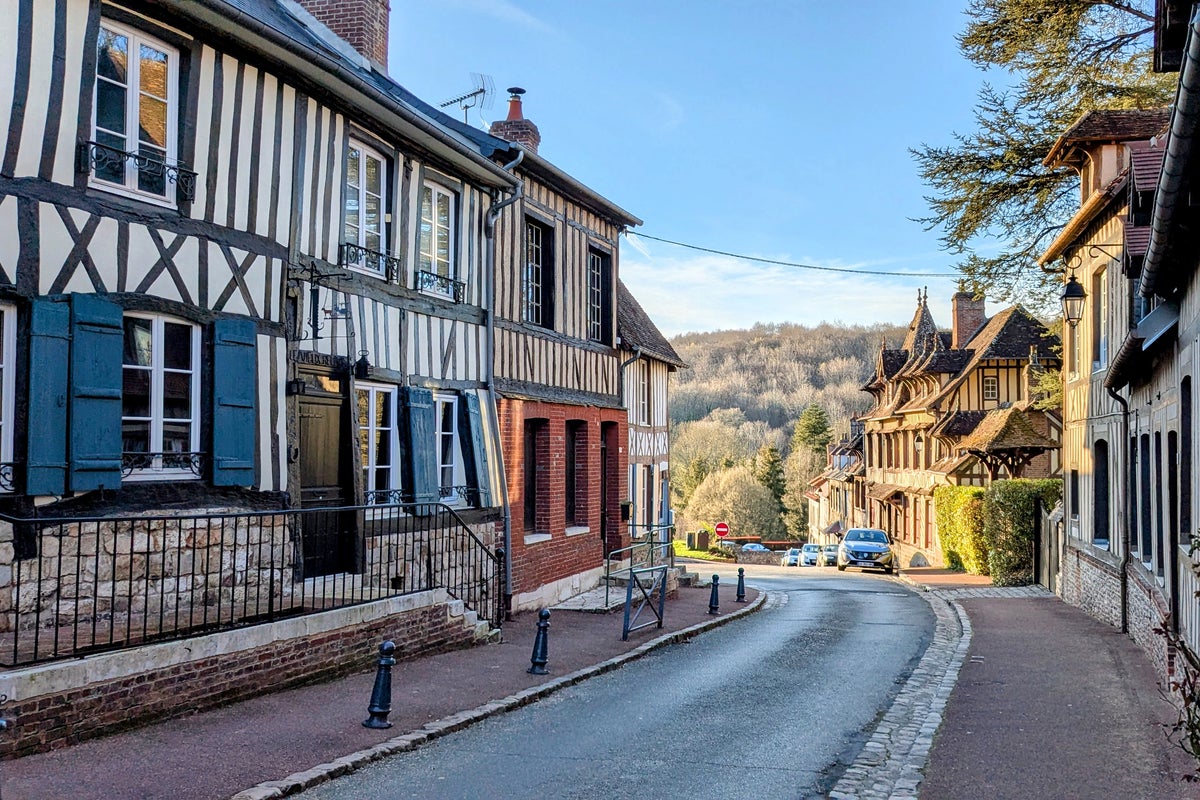
Our love affair with France shows no sign of abating. As a signed-up card-carrying Francophile, I can fully understand why L’Hexagone has retained its crown as the most popular holiday destination in the world. It is a country of glorious contrasts.
Driving to France couldn’t be simpler. And indeed, many of us do it. But often when travelling, there’s an insatiable rush to get to your destination. Whether it’s frantically rushing to the airport or pounding your way down a motorway, it’s often exhausting and unsettling.
But what if you took a different approach, and indeed a different route? As someone who regularly drives through France with my partner and our young son, I have fully embraced the journey as part of the experience, and I’d encourage you to do the same. What could be better than arriving at your destination more relaxed and invigorated, having extended that holiday by discovering somewhere entirely new?
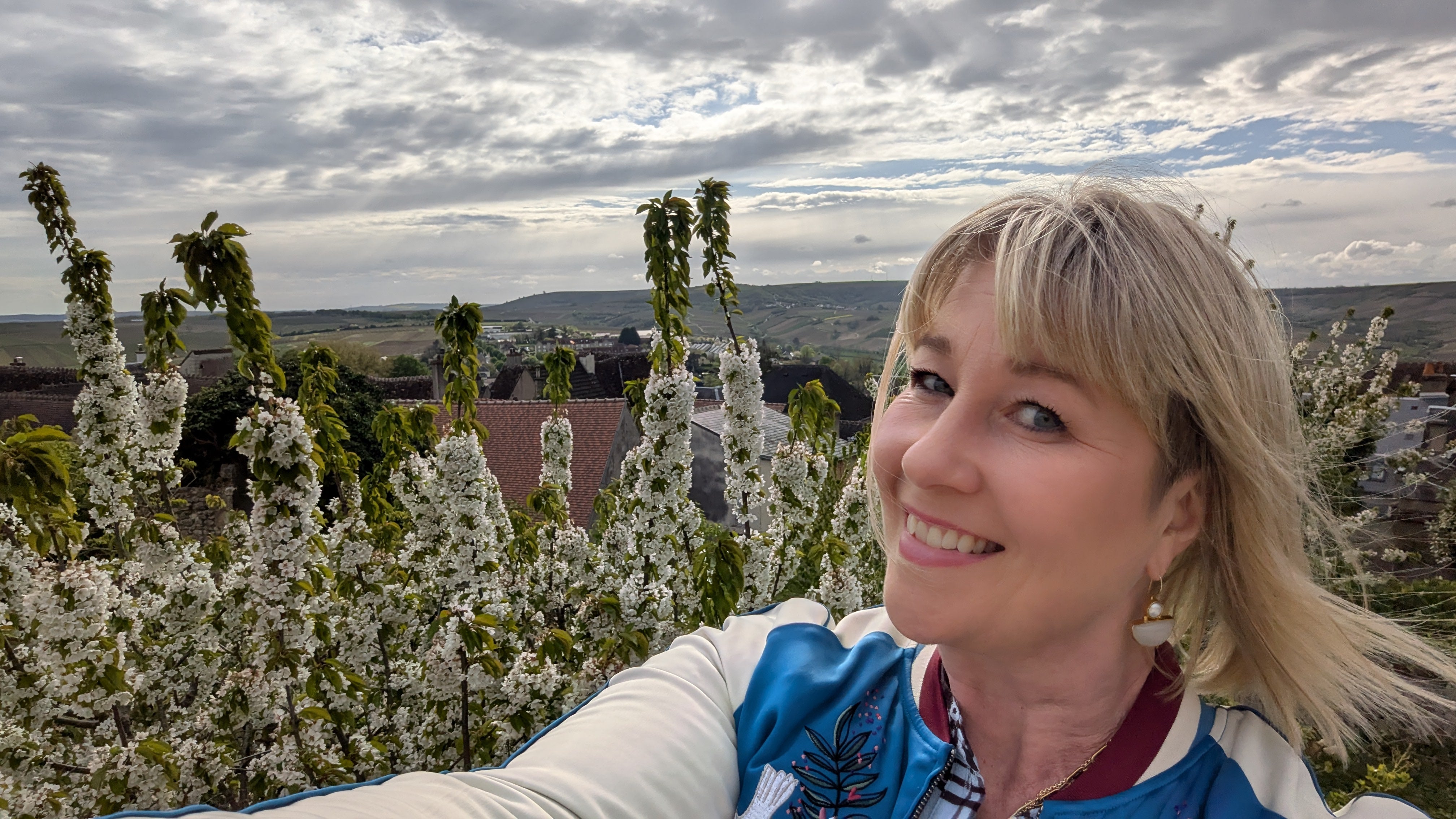
On a recent trip via Le Shuttle, I criss-crossed France and discovered four easy detours that only slightly extended our trip, but offered a collection of micro-adventures to off-the-beaten-track destinations that I’d return to in a heartbeat.
They’re all suitable for solo, couple or family travel, and I’ve outlined them here, so you can weave them into your next journey. Who knows, you might just discover your new favourite French destination.
Read more: The best hotels in Paris 2025, handpicked by our expert
Brantôme en Périgord
Best for: nature lovers
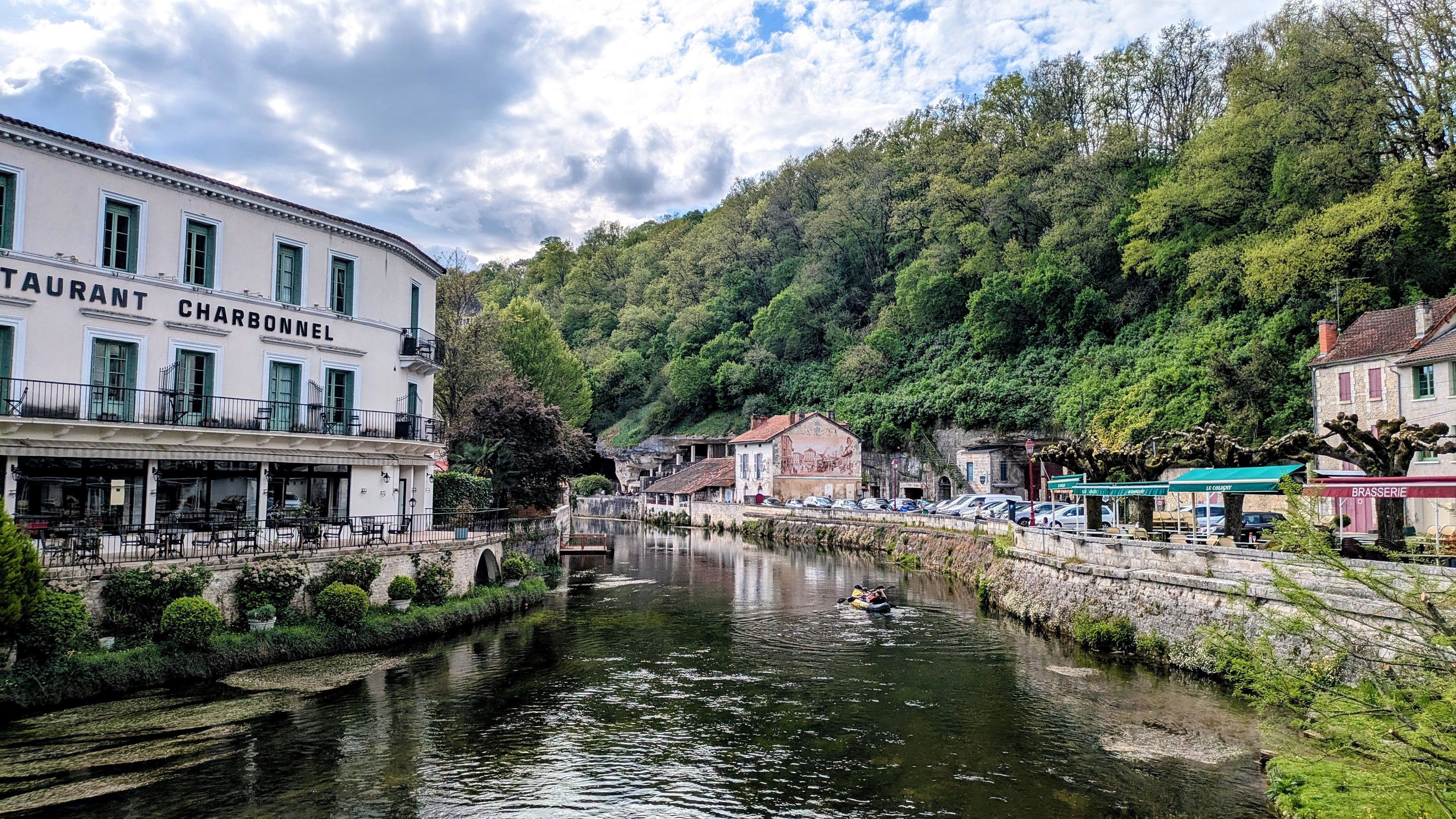
Sitting on a bend on the river Dronne, Brantôme en Périgord is a small town in the northern Dordogne with medieval city confidence. It’s a perfect diversion if you’re travelling along the A20.
Leave the motorway behind in Limoges, and rejoin in Brive-la-Gaillarde, or in reverse depending on your direction of travel. You’ll be driving through deeply wooded forests of ancient oaks and chestnuts, interspersed with hedgerows dividing small-holding agriculture, medieval villages and historic châteaux.
Read more: The best boutique hotels in Paris
Known as ‘the Venice of Périgord’, the river Dronne encircles most of the town. The Bendectine abbey, founded by Charlemagne in 769, stands as a stunning centrepiece, with a forested cliff-face rising behind it. Take a relaxing walk along the weeping willow-lined riverbanks to the town centre, admiring both medieval and Renaissance architecture. And then, why not take a blanket to the Grand Jardin on the banks of the river and lie in the dappled shade, enjoying the tranquillity of this former trading crossroads?
Conveniently nearby are two unmissable sites: the prehistoric caves of Les Grotte de Villars and the Château de Bourdeilles. As well as a display of jaw-droppingly beautiful stalactites and stalagmites, some original cave paintings date back 20,000 years. It seems our desire to create beauty is innate.
A different, but no less impressive site can be seen in the intricately decorated wooden panels, walls, ceilings and tapestries of the Renaissance Château de Bourdeilles. The site also boasts a 13th-century fortress you can climb, from which you can appreciate the verdant landscape of Le Périgord Vert.
More information: Dordogne-Périgord Tourism
Where to stay
Hôtel Restaurant Le Jardin des Chouchoux
A small, welcoming family-run hotel and restaurant where you’re greeted by the owners with the words: ‘welcome home’
Best for: a quiet escape
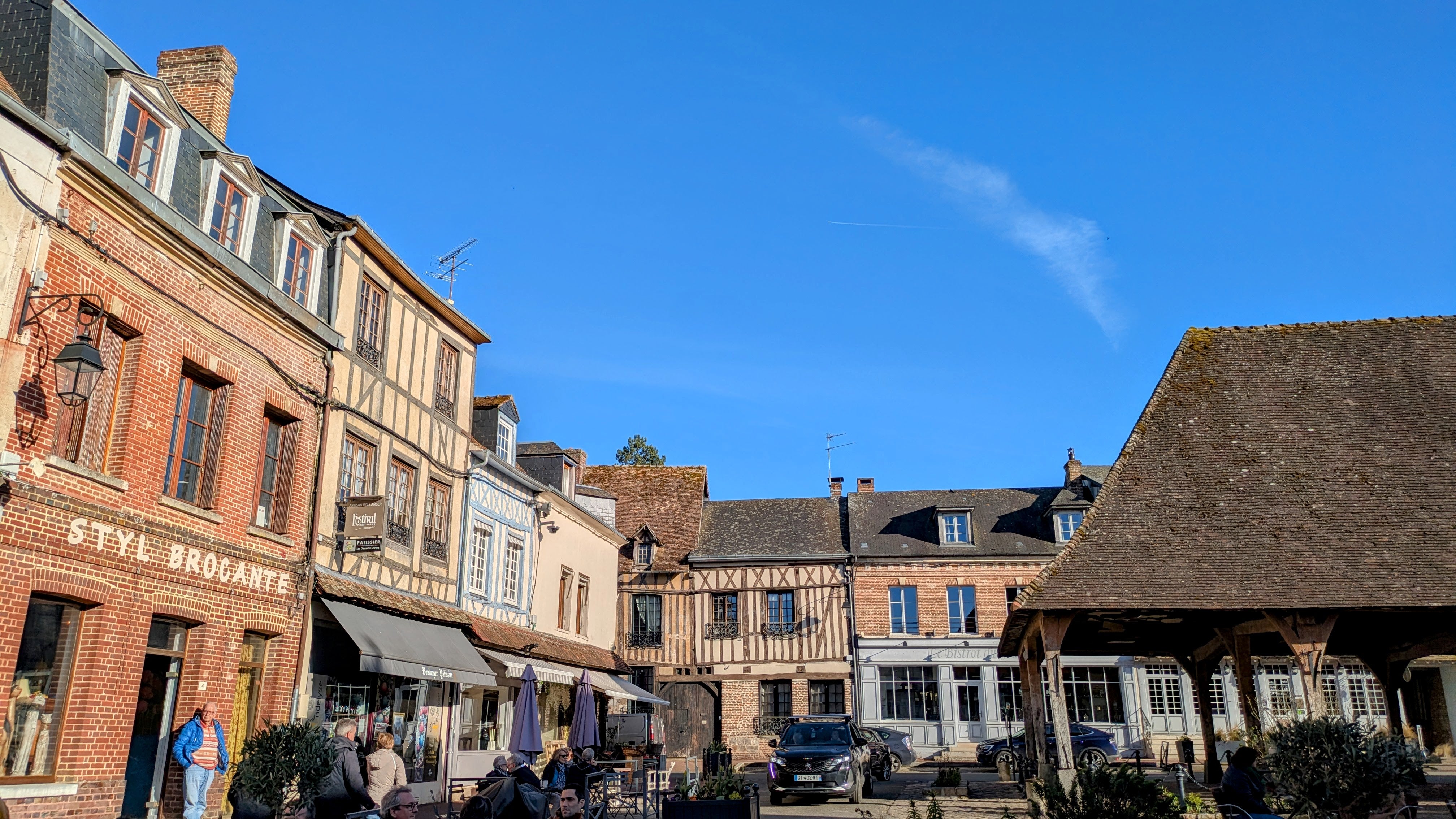
Located east of Rouen, the enchanting village of Lyons-la-Forêt is an easy diversion off the A28. We approached from the north, via a pit-stop in the town of Neufchatel-en-Bray where we sat in the sunshine eating baguettes generously slathered with the famous heart-shaped cheese of the same name. It's equally accessible from the west if you exit the motorway closer to Rouen.
From both directions, it’s an easy drive of less than an hour through the Normandy countryside, taking you through an undulating landscape dotted with animals grazing on spring-green pastures, orchards and small half-timbered hamlets and Norman churches.
Read more: Is it possible to eat out in Paris for under €20?
The road leading down to the achingly romantic village takes you through France’s largest Beech forest, which is best explored by a gentle stroll on any of the numerous trails, all close to town; we particularly enjoyed forest bathing in the nearby Arboretum des Bordins.
The village is centred around the lively ‘Place Balthazar’, whose 17th-century timber-framed market hall is a striking centre-piece. The tables and chairs of the local bars and restaurants (all of which are enticing and will leave you sated) make it a perfect place to people-watch. You may struggle to resist filling your boot with French objets from the handful of charming brocantes and homeware shops surrounding the square; I'd have had to jettison our child to make room for all the treasures I spotted.
A short stroll around the town will take you down to the old mill where you'll discover La Huchette, a fairy tale-esque wattle and daub house that featured in Claude Chabrol’s famous adaptation of Madame Bovary, much of which was filmed on location here. Every building in the town is immaculate, with flower boxes in bloom against a backdrop of pastel-painted, half-timbered buildings. It’s a medieval masterpiece, now oozing laid-back country chic.
More information: Normandy Tourism
Where to stay:
Hotel du Grand Cerf
Ask for a room overlooking the town square
Sancerre
Best for: wine aficionados
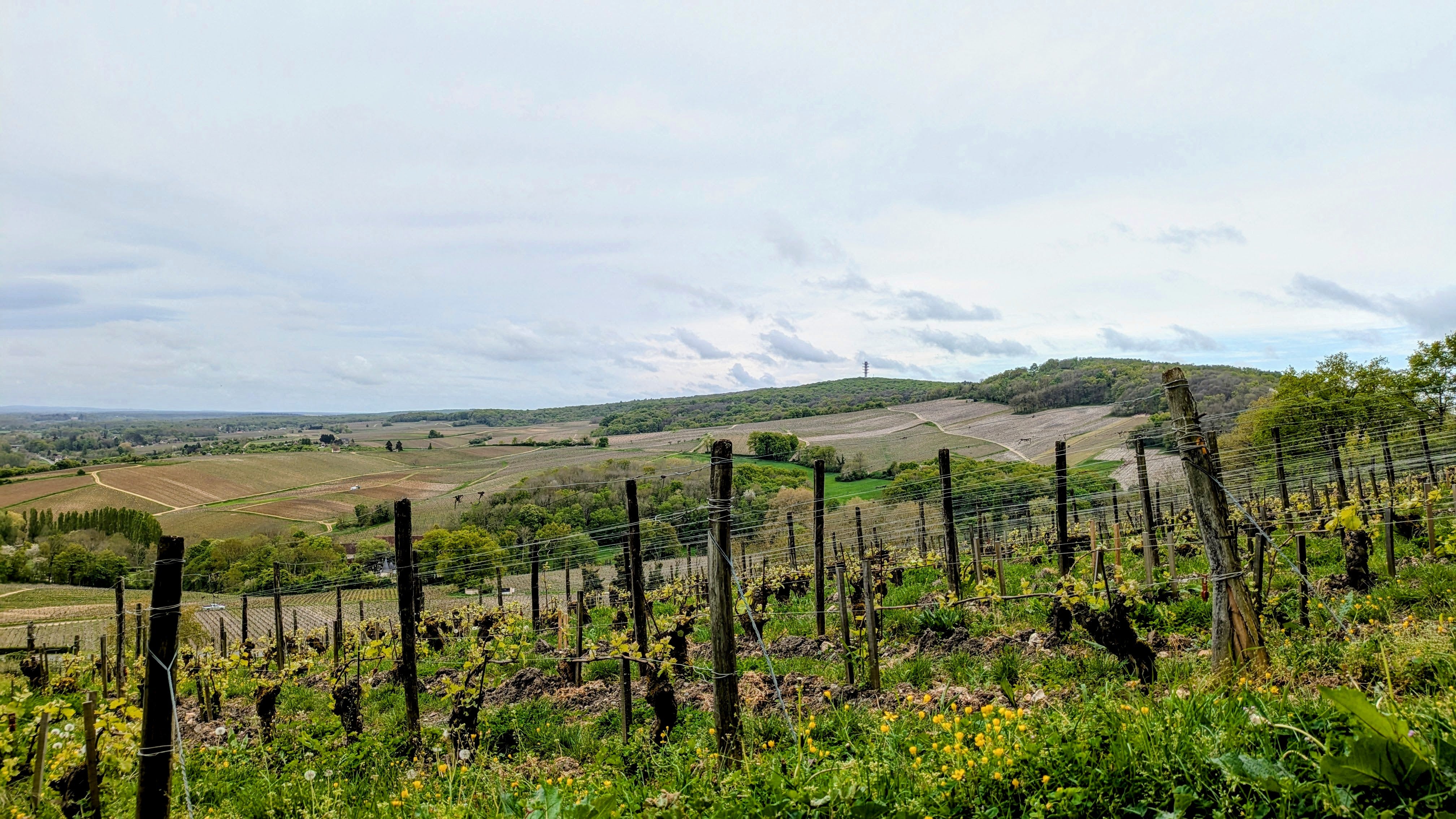
You may associate Sancerre as something you’re more likely to buy and drink than a place to visit, but the wine of the same name comes from this charming small town in the Loire Valley in central France, and it’s easily accessible from both the A71 and A77.
Approach from the westerly side (A71) via the village of Menetou-Salon and then drive on the smaller D59 via Morogues, and you’ll be rewarded with glorious views across the sauvignon-blanc dominated vineyards, and an expansive ever-shifting sky.
The Horse-Chestnut-lined road into Sancerre is yet another straight and purposeful example of Napoleonic engineering, and makes driving off the motorway in France such a pleasure. Despite the commonly flat vistas of much of the Loire Valley, this corner has some of the most beautiful wine-growing countryside in the world, with Sancerre perched like the great overseer of this kingdom of sauvignon blanc.
Read more: This little-known Croatian region makes wine loved by the royal family – with bottles as cheap as £4
Limestone buildings dominate the steep, narrow roads leading up to the attractive centre, which is filled with wine producer houses, many of which are open to the public. But the best way to get a sense of this region is to visit La Maison des Sancerre, a visitor centre established by the region's 350 passionate growers, centrally located and adjacent to the church.
The impressive display features interactive relief maps, a sensory garden overlooking the surrounding villages, and a ride-on simulator complete with 3D glasses, which sees you flying through the vineyards of Sancerre at harvest time, and of course, an opportunity to taste the local wines.
This region also produces some of the finest goat's cheese in the world, and the harmony between a glass of Sancerre and a piece of Chavignol is unparalleled. After a pitstop in the simple, but charming chalk-cellared bar of La Taverne Sancerroise, you might want to learn more about this tasty cheese. If so, head to La Bete Noire, a Crottin Chavignol producer open to the public, and just a short drive from Sancerre.
More information: Province of Berry
Where to stay:
Hotel Panoramic
With stunning views as the hotel name would suggest:
Read more: Why you should book a trip to the Loire Valley
Best for: history buffs
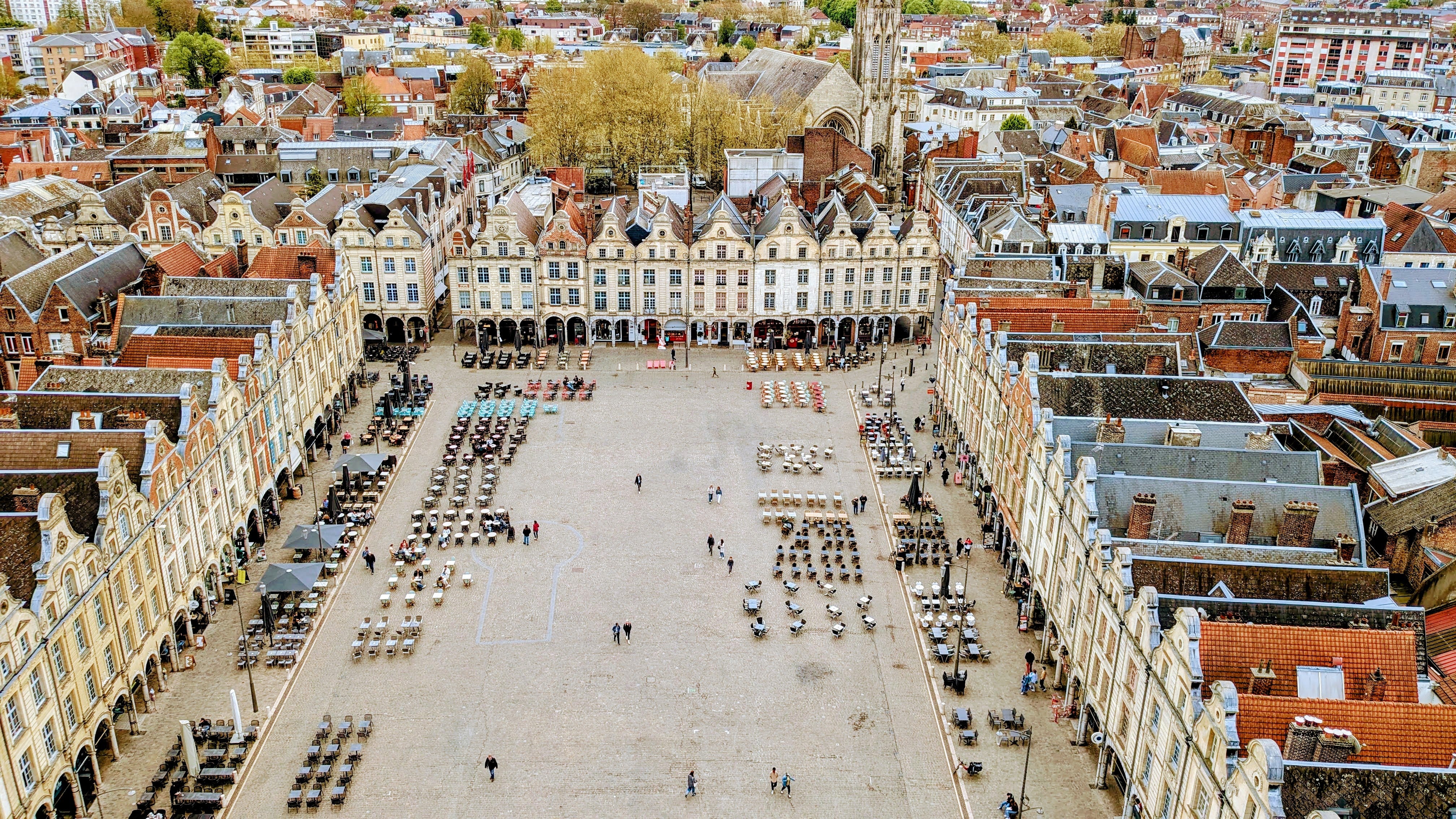
Exiting the A26, the drive into Arras, a large town located in the northern department of Pas-de-Calais, might not wow you with its drama and beauty. But this lack of expectation will make your visit to Arras all the more memorable.
Arriving in the Grande’ Place, one of two ancient market squares (the smaller Places des Héros is adjacent), you’re immediately overwhelmed by a large square surrounded by offensively impressive seventeenth and 18th-century Flemish Baroque houses, all flaunting their gorgeous curvaceous gables with varying degrees of flourish and decorative details.
What is especially remarkable is that over 80 per cent of the town was destroyed in the First World War, but was meticulously rebuilt following the original blueprints. Shops, bars, and restaurants bustle under the seamless arcade of these baroque beauties, including memorable rotisserie chicken at restaurant Silex.
There are two ways to orient yourself. Take the lift and a small number of stairs up the belfry to get a sense of Arras and the surrounding area. Just don’t forget to meet the Giants of Arras on your way out before leaving the town hall. Or, hop on and off the yellow micro-bus that you can ride for free (for journeys of less than ten minutes). Both will give you a real sense of the interplay of Baroque finery and exquisite Art Deco buildings in this impressive town.
My visit wouldn’t have been complete without experiencing one of the region's most staggering and sombre places: La Carrière Wellington. This vast network of underground chalk tunnels is where a group of New Zealand miners excavated during World War I, enabling them to access the German frontline. During this time, these former quarries housed over 24,000 soldiers, and the tour takes you to see their drawings on the walls, along with discarded food tins and beds.
Whilst the war memorials of the region are solemn and contemplative places, Arras exemplifies the more beautiful elements of the human condition, where we yearn for lives filled with community, conviviality and pleasure. I can’t wait to return to this unassumingly impressive town, not least to enjoy the butter croissants of Boulangerie Caudron.
More information: Pas-de-Calais Tourism
Where to stay:
Best Western Plus Le Fairway Hotel
Located on the outskirts, a comfortable base with good parking
Rosamund travelled with the assistance of Le Shuttle, Dordogne-Périgord Tourism, Normandy Tourism, Tourisme et Territoires du Cher and Visit Pas-de-Calais

 JimMin
JimMin 







